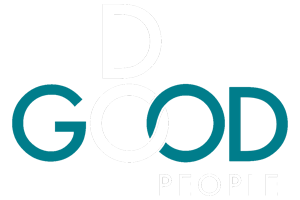How can companies expect more productivity and proactiveness from employees if the latter are unaware of what it is expected from them and their performance?
This is an age-old question that hunts CHRO’s to this day. In fact, as we will later explore in this report, most of them are not even sure about their performance management systems’ success in inspiring employees to improve.
This is precisely why the main topic we want to explore today is why companies need an employee engagement software in order to enhance motivation, productivity and wellbeing among employees, all whilst attending to their ESG responsibilities and aspirations. Let’s begin.
What you will find
The need to build strong employee engagement strategies
Employee engagement is not a nice-to-have, quite the contrary, is an imperative and growing necessity por companies. Nonetheless, it seems as though it has recently become an impending challenge for organizations.
As a matter of fact, according to a recent Gallup report, only 2% of CHRO’s actually believe that their performance management system works to inspire their employees to improve and be more proactive. This number becomes ever more concerning when we take into account it was the result of Fortune’s 500 companies’ data; which means not even some of the wealthiest and powerful companies are able to meet good employee engagement and motivation metrics.
Engage employees in the corporate ESG strategy
But in order to understand how alarming this information is, we need to look at the risks companies face when their engagement and motivation numbers are so low.
The fact that performance management is so weak means employees may not be trusting of the transparency and fairness of it all, which leads to less motivation and will for the improvement of their performance. But overall, it shows a workplace normality where engagement is rare and inconsistent at best, and inexistent ant worst.
How to improve employee engagement practices
Here are two key topics and ideas on how companies can start improving employee engagement and motivation practices and strategies:
- Make corporate expectations clear and engage employees in setting their goals.
How can companies demand productivity from employees if they don’t even know what is it that is expected from them? Less than half of employees have reported to clearly know or understand what it is expected from them at work, a number that has been on decline since before the pandemic.
In this regard, the first and most important step to improving employee engagement and motivation is to set clear goals and expectations for all. These goals would greatly benefit from a collaborative and team-oriented approach, meaning they are set and discussed together between employees and managers on an individual as well as team or department level.
- Make progress check-ins and conversations the norm
As we stated at the beginning of this article, one of the most pressing corporate problems is that of CHRO’s not being able to inspire improvement and proactivity amongst employees, which comes to show how broken and obsolete some performance management systems are.
But goal check-ins and progress conversations are not to be confused with control mechanisms; although in a way they are, we should grant them a more positive outlook, one that defines such progress conversations as a means to understand if said goals are still relevant, realistic and meaningful.
Furthermore, periodical check-ins can become the perfect tool for alignment between teams, as well as for collective accountability towards the fulfillment of such goals.

What is an employee engagement software?
As technology has entered – and sometimes disrupted- workplaces across the globe, it makes sense that we turn towards it when looking to improve or effectively manage a given aspect of corporate matters. And, of course, employee engagement is no exception to this behavior.
In this regard, an employee engagement software is a digital tool precisely designed to help organizations measure, manage, and improve employee engagement, motivation, wellbeing and satisfaction.
These platforms may offer features such as surveys, feedback systems, performance management tools, or recognition programs to estimate and evaluate employees’ feelings about their work environment, their level of motivation, and their overall job satisfaction.
Transform sustainability into an employee benefit
By collecting and analyzing this particular kind of data, companies can identify areas in need of improvement, foster better communication, boost morale, and ultimately enhance productivity and retention rates. Employee engagement softwares are meant to help companies create a more engaged and committed workforce by addressing employee needs and promoting a positive workplace culture.
Why does your company need an employee engagement software?
Investing in an employee engagement software can offer several strategic advantages for a company, helping boost company culture and inspiring employee motivation:
- Enhanced Productivity: Engaged employees are more motivated and committed to their work, leading to higher productivity and better performance. An engagement software can ease out coordinating and effectively implementing engagement practices or initiatives among employees across the organization.
- Improved Retention Rates: By understanding and addressing employee concerns and satisfaction levels, companies can reduce turnover and retain top talent, saving costs associated with hiring and training new employees. In this case technology is the best tool to understand employee needs by conducting surveys or opening new communication channels.
- Data-Driven Decisions: Employee engagement softwares can provide valuable insights and analytics on employee sentiment and engagement levels, enabling leaders to make informed decisions and implement targeted strategies for improvement.

- Enhanced Company Culture: By promoting recognition, feedback, and development opportunities, a software aimed at engaging employees can help build a more positive work environment and culture, which can improve overall morale, creativity and innovative thinking, as well as attract new talent.
- Alignment with Company Goals: Engagement softwares do not only help ensure that employees are aligned with the company’s mission, vision, and goals, leading to a more cohesive and focused workforce, they are also great tools for fostering active participation and involvement in company strategic objectives.
Employee engagement and ESG goals
The State of ESG 2024 report pointed out stakeholder engagement as one of the most pressing challenges for companies today, together with elevating ESG from a pain point to an strategic approach. But how are these two topics so closely related?
The reality is that companies need to tackle these challenges with the same level of prioritization, and, in fact, it might be interesting to tackle them simultaneously. This is, organizations need to understand that in order to achieve ESG goals, they need employees’ involvement in the matter.

Environmental, social and governance goals set by the company are not to be guarded by high level employees or sustainability departments, but rather become a collaborative effort where the C-suite and employees of all levels know which are these goals and how they can contribute to their fulfillment.
An employee engagement software is the best tool companies have to effectively and strategically bring such ESG goals down in order to transform them into approachable and collaborative goals that mesh together with overall company goals and workers’ tasks.
Actively engage employees in the ESG strategy with DoGood
In DoGood, we aim to simplify the complex web of sustainability objectives for companies by offering a platform that translates the high-level ESG (Environmental, Social, Governance) objectives into actionable tasks for every single employee.
Then, each employee not only knows how to make an impact but also feels empowered to contribute meaningfully to the greater sustainable strategy.
No more vague directives. No confusion. DoGood automates the process, making it seamless for the workforce to know precisely what steps to take.







